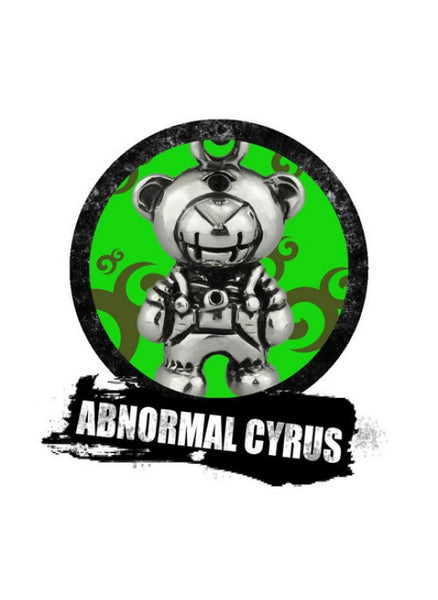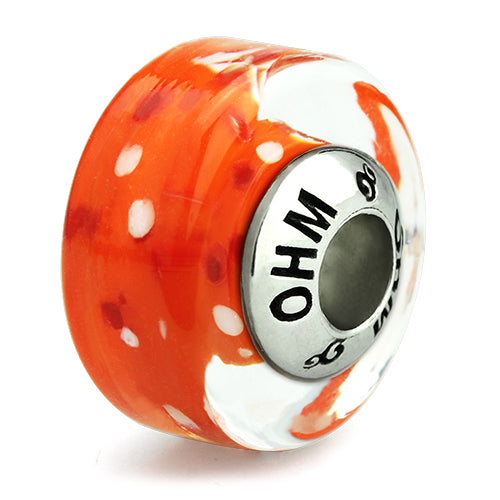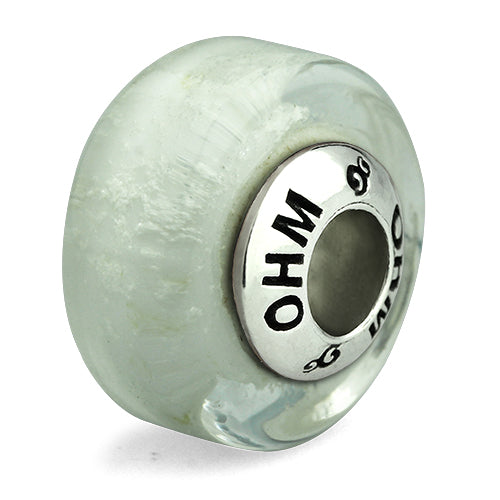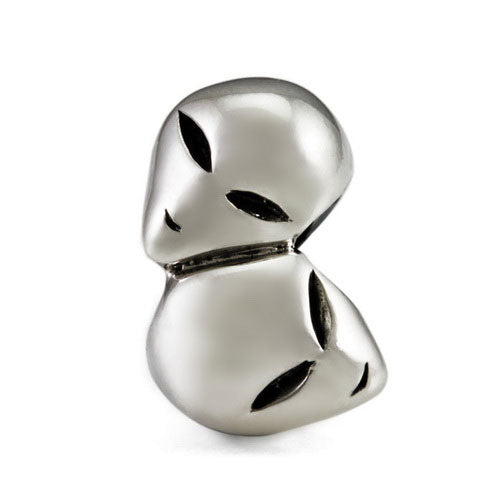OHM Lion Dance
OHM0827
£87.00
There is an old tradition in China of dancers wearing masks to resemble animals or mythical beasts, such as dragons, fish, or phoenixes. Ironically, the lion is not native to China, but the LION DANCE has become an integral part of Chinese celebrations, including weddings, cultural and religious festivals, and the Chinese New Year. Our lion mask is from the Southern LION DANCE, which is divided into two distinct styles. The “Fo Shan” style (“Buddha Mountain”), requires powerful kung fu moves and stances. The “He Shan” style of dance (”Crane Mountain”), is admired for its richness of expression, vigorous drumming, and unique footwork that mimics the movements of cats, such as “catching mouse,” “cat playing,” and “high escape”. The LION DANCE mask is traditionally made of paper-mache over a bamboo frame, beautifully painted, and adorned with layered cloth and fur. The “He Shan” style of Lion Dance made changes to the mask, rounding the horn and flattening the lips into a duckbill shape. Different colors are used to signify the age and character of the lions; for example, a black lion is the youngest and its movements must be quick and playful like a lion cub. During the Chinese New Year, lion dance troupes visit the houses and shops of the community to perform a dance called “plucking the greens” which will bring good fortune to that home or business. The “greens” were originally lettuce hung on a pole to challenge the dancers; however, now the “greens” could be pineapples, oranges, seafood, or even beer. If the dancers can “pluck” their target within the character and entertainment of the dance, they are rewarded with money in a red envelope also tied to the “greens.” The more difficult the challenge, the greater the reward and the good luck that follows. Our OHM LION DANCE bead can also cleverly move its mouth to “pluck the greens” and bring you good luck and entertaining fun all year long. Here’s wishing you good fortune and let the dance begin!
Next
Previous








